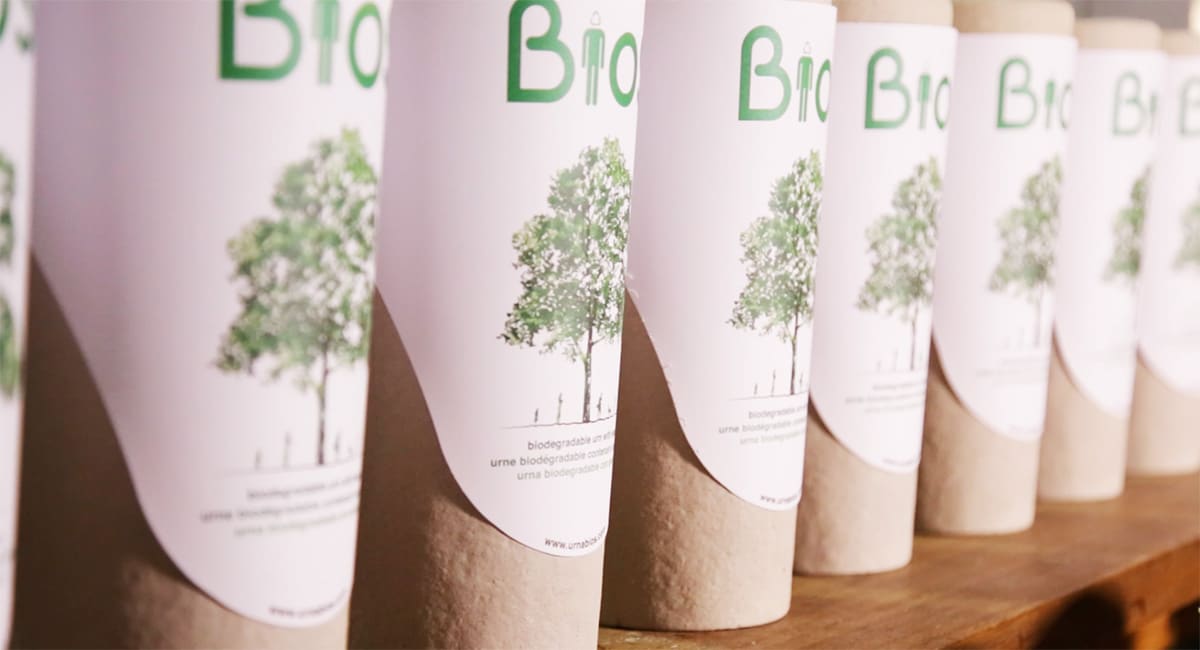
The Bios Urn, Ash PH, and Design
We often get questions about how ashes are utilized in the Bios Urn, and the effect they have on the soil. Ashes have a certain PH level which can harm fresh seeds or a seedling if they are exposed to them in the root, before acclimating to the soil. While the Bios Urn was created in 1997, we spent years working on and developing it until launching it in 2012 with it’s current design. The Bios Urn has a special patented design and comes in two unique pieces and compartments. One compartment holds the ash specifically, while the other holds the soil mix, and seeds/baby sapling. The patented double-component design was created with the specific intent of housing the seeds or a seedling safely, to ensure healthy growth. In between the double capsule lies an expansion disc, composed of recycled coconuts, cocopeat, vermiculite, wood chips, and nutrients which aid in the growth of the tree. The expansion disc is a small compact disc, which expands tenfold in size when watered. It absorbs water to keep the roots moist and allows for a constant supply of nutrients. These components are beneficial for all plant life, made of natural materials, and excel in maintaining water level and soil balance. Ash PH levels can only harm seeds if the seeds are grown directly in them, as seeds require suitable soil to grow. You can also mix additional soil from your surrounding area directly in with the ashes, however no additional amendments are needed.
Ashes are primarily composed of phosphate (48%), calcium (25%), sulfate (11%), and potassium (3%). Many fertilizers are made of bone meal (essentially ground up animal bone) as bone meal contains high quantities of phosphate, which is necessary for plant growth. You can read about how Phosphate is regarded in planting and its benefits over time.
The amount of ashes placed in the urn will not upset the delicate nutrient balance required for growth of or plants. As a general rule, you can safely spread 20 pounds of ash per thousand square feet of garden. It should also be stated that scattering ashes in a woodland area, or placing them in the sea, has around the same effects on the surrounding environment as planting them – the only difference between scattering and using a Bios Urn, is that over time a tree grows, which in the long run is more conducive to the environment. We’ve address the environmental impacts of the Bios Urn in another post.
How much ash can the Bios Urn hold?
A common question we often receive from people all over the world is related to the amount of ash that can be used in the Bios Urn. The Bios Urn has a capacity to hold 220 cubic inches of ash, and is approximately 3 liters. The urn is designed to hold all of the cremated remains that result from cremation. The memorial tree will grow well in either instance. You can utilize all of the ash, or just a portion of the ash – the choice is ultimately yours.
Can I use a small amount of ash?
The Bios Urn can also be used with a smaller portion, or a symbolic amount. Often times, families and individuals choose to split ashes. Even with a smaller amount of ash, the Bios Urn will still work perfectly and produce the desired effect. If you decide to use a smaller amount of ash, we recommend filling the remainder of the Bios Urn with soil from the area you are planting it in. Adding soil will help the ash and soil acclimate to one another and aid in overall growth.
Can I use the Bios Urn with old ash?
The Bios Urn can be used with any ash, regardless of how little, or how old. The age of the ash does not affect the growth of the tree, or the Bios Urn planting process. Thanks to its special lock mechanism, the ash can be transferred into the Bios Urn by a crematorium directly and handed back to you ready to plant. You can also fill the urn yourself as well.
Can I split the ash into more than one Bios Urn?
We have spoken with many people all over the world who have also purchased more than one Bios Urn, so that they can plant multiple trees in different locations or areas. Often times families may want to each have a tree growing in memory of a loved one, and by splitting ashes into two Bios Urns, you can plant them in multiple locations, with different tree options.
For information on how to plant your Bios Urn, you can refer to this page with pictures and instructions of the process.
Join our mailing list to keep you updated of all Bios® news and get a 10% Discount!

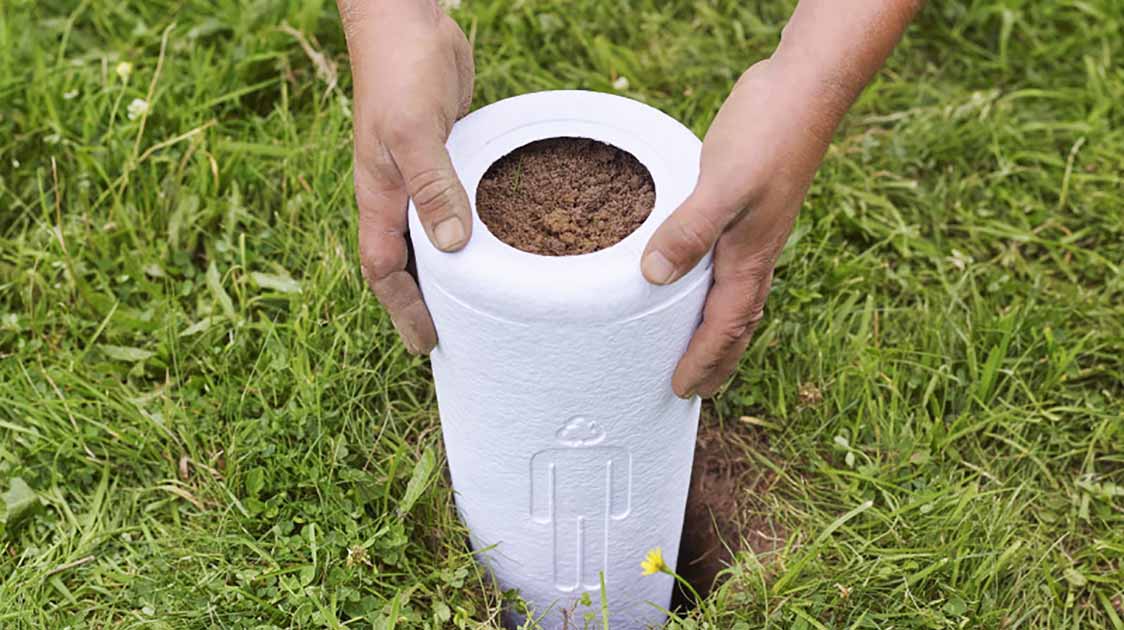
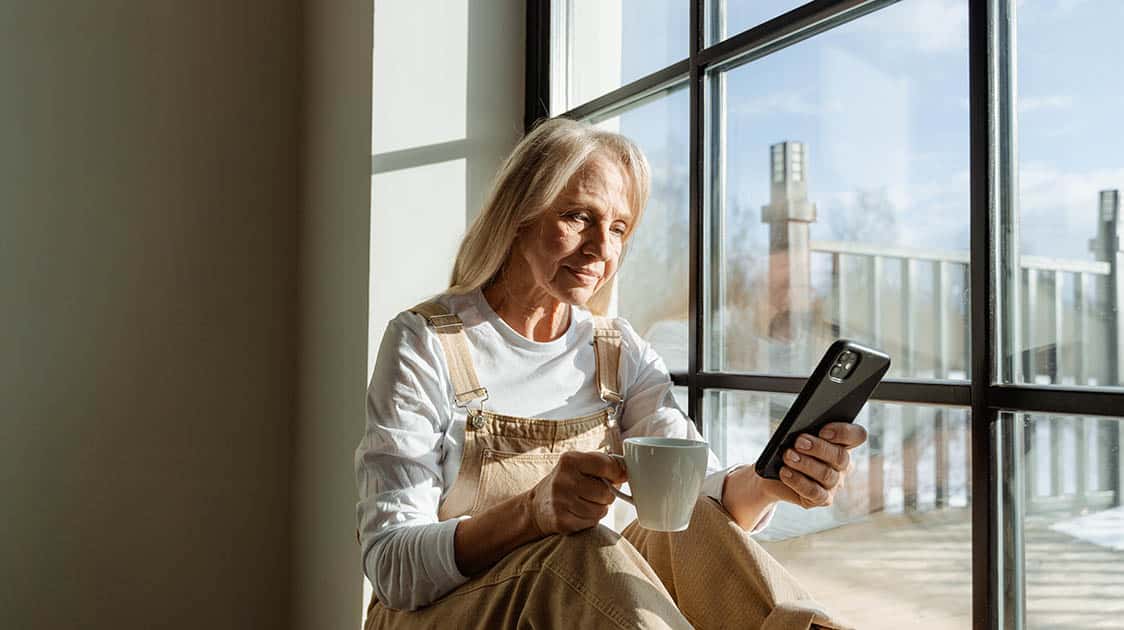
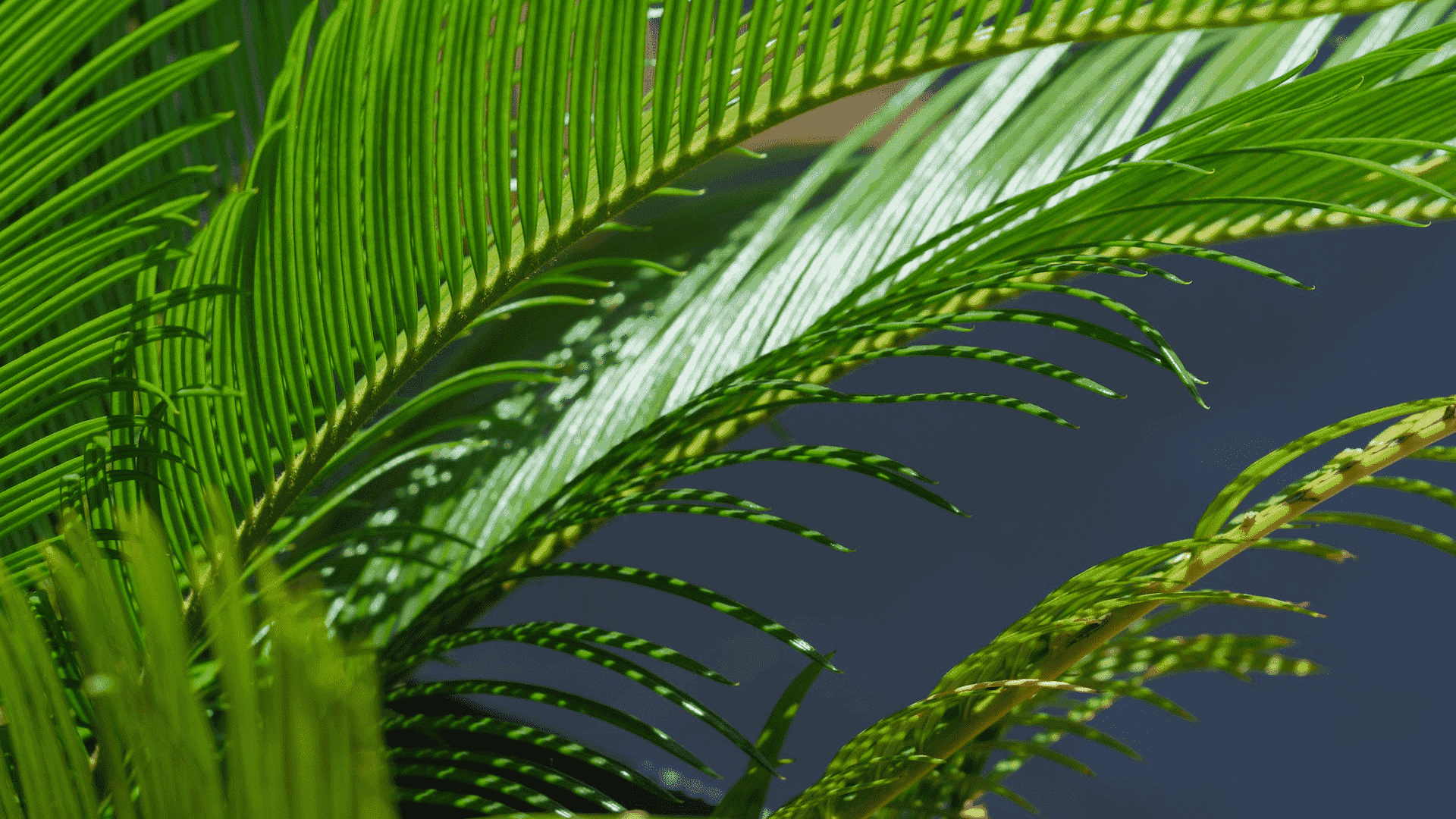

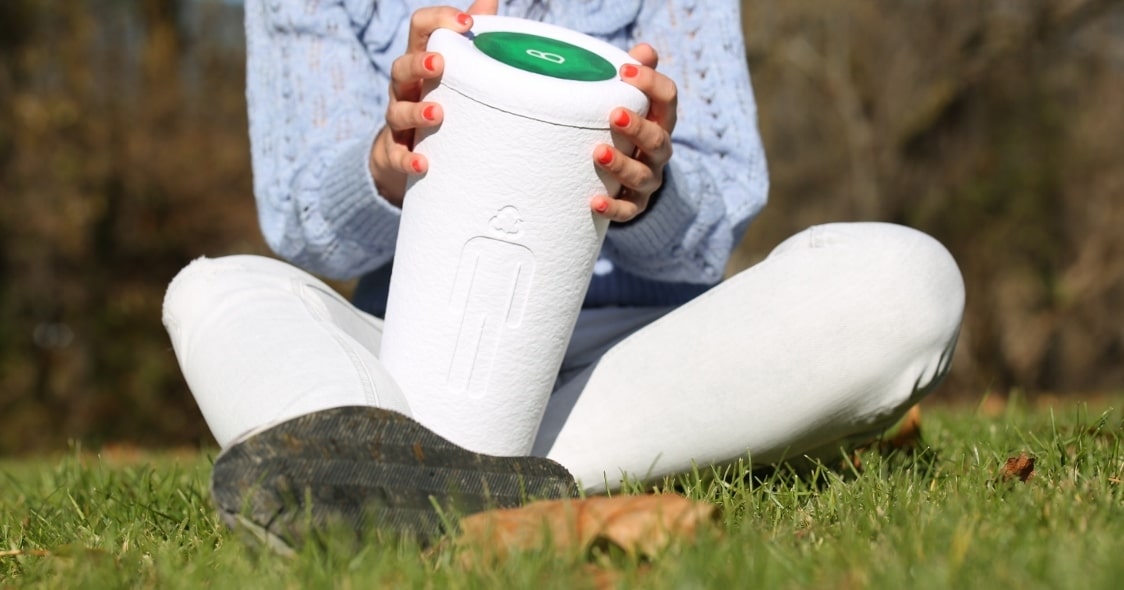
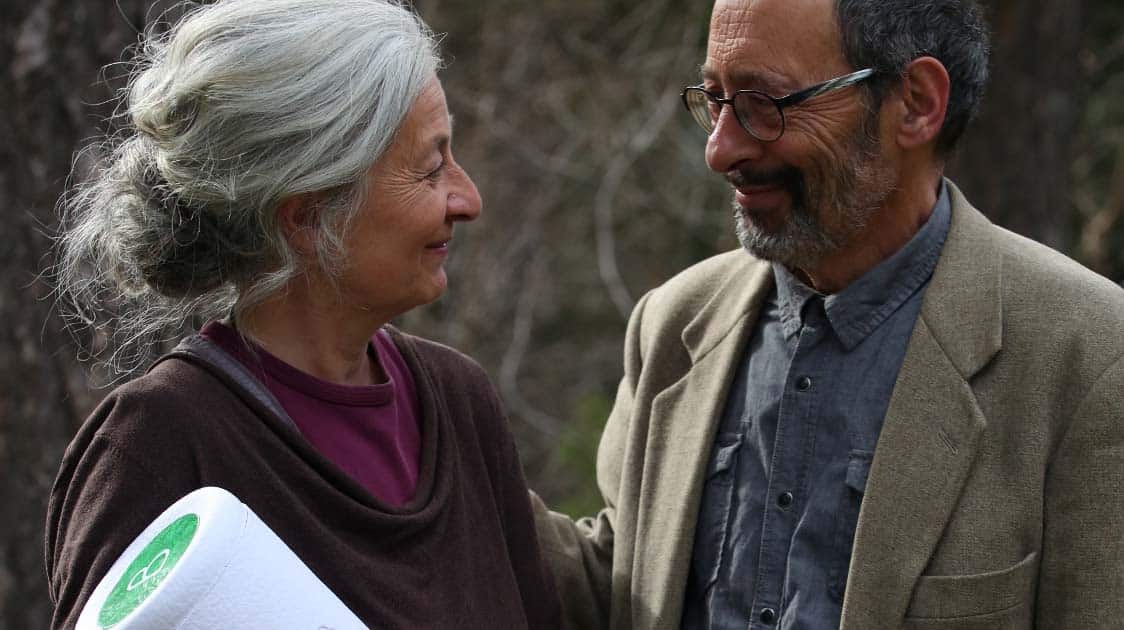
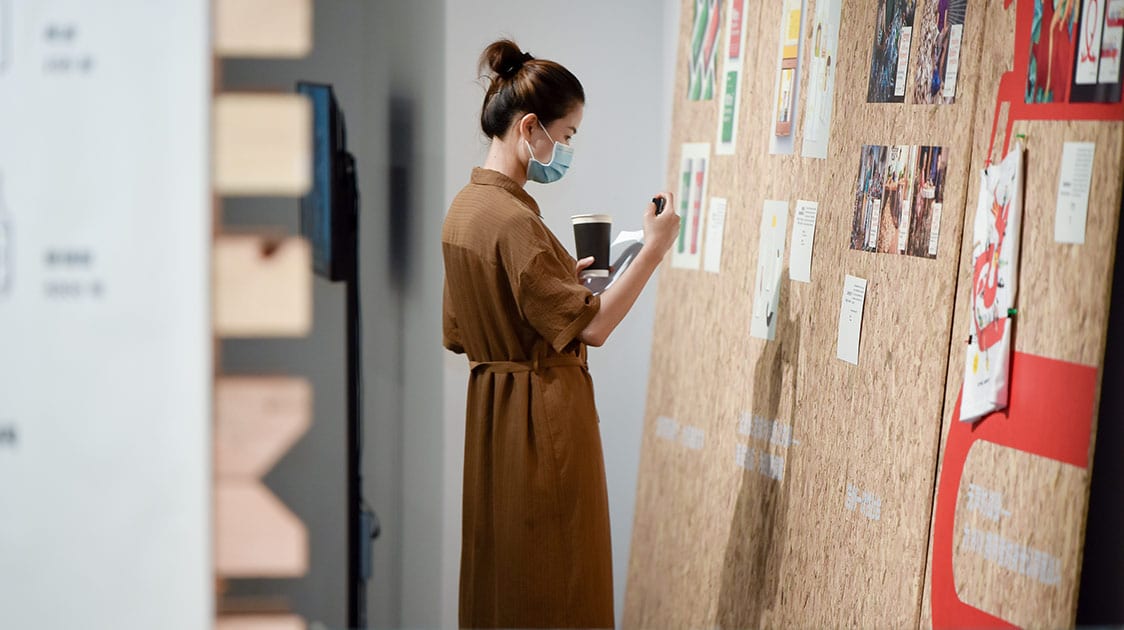
Do you have a fax number so I can send my permission page?
Emily Sabin
[email protected]
What happens if the tree/seeds simply won’t grow or it dies early on?
I imagine it would be devastating to the family member.
Hi Debbie! We’ve gone ahead and address your question in this blog post: How Can I Make Sure My Bios Urn Tree Grows?
I was thinking that if the original tree doesn’t grow for some reason or it dies early, you could just buy a baby tree from the store and plant it at the same spot.
Hello Milena. You raise a very good point! If you planted your Bios Urn® under a year ago, the main structure has probably not fully biodegraded yet. You are still able to replace the soil and seed/seedling /sapling in the upper capsule without unearthing the entire urn should you wish to try a different plant following our planting guide: https://urnabios.com/how-to-use-and-plant-bios-urn/
If it was been longer, the ashes have probably already started to turn to soil and therefore the high acidity levels won´t be likely to damage a new small tree that you plant.
Let us know if there is anything else we can help with!
Can a single biourn hold the ashes of two people? My husband and I would like to have our remains combined into a single tree. Also, are there pay in advance options, similar to prepaid burials?
Hello Deborah. Thank you for your message and this is a very special idea. The Bios Urn has the capacity for 2.5 liters of ashes which more or less corresponds to the ashes of 1 person. What some families do is share ashes between different loved ones. If this would be the case, you could definitely mix you and your husbands ashes together in a single Bios Urn (as long as the total quantity is under 2.5L). Another option is to plant 2 trees together, either each of your ashes in different Bios Urns or with a mix of each others ashes. We hope this suggestions were useful. Thank you again